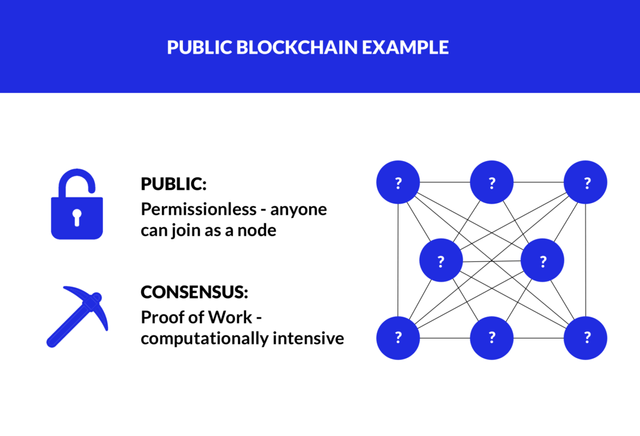What is Blockchain?

Blockchain is a decentralized and distributed digital ledger technology that records transactions across multiple computers in a way that ensures security, transparency, and immutability. It consists of a chain of blocks, each containing a list of transactions. Once a block is added to the chain, it cannot be altered without changing subsequent blocks, making the data stored in the blockchain highly resistant to tampering. This technology has applications in various fields beyond cryptocurrency, such as supply chain management, voting systems, and more.
A common example of blockchain is its use in cryptocurrencies like Bitcoin. In the Bitcoin blockchain, each block contains a list of transactions that have been verified by network participants called miners. These blocks are linked together in chronological order, forming a chain. Once a block is added to the chain, it's extremely difficult to alter the information in it, due to the cryptographic hashing and consensus mechanisms used. This ensures the integrity and security of the transaction history, preventing double-spending and fraudulent activities.
Type Of Blockchain
There are mainly three types of blockchains: public, private, and consortium (also known as federated) blockchains.
- Public Blockchain: These are open and decentralized networks where anyone can participate, view transactions, and validate blocks. Bitcoin and Ethereum are examples of public blockchains.

- Private Blockchain: These blockchains are restricted and permissioned. Only authorized participants can access and participate in the network. They are often used by organizations for internal purposes, like supply chain tracking.

- Consortium Blockchain: These are semi-decentralized networks where multiple organizations collaborate to maintain the blockchain. Consortium blockchains strike a balance between public and private blockchains, allowing a group of known participants to validate transactions and maintain the blockchain.

Each type has its own use cases and benefits based on factors like security, transparency, and control.
Private vs Public Blockchain

The main difference between private and public blockchains lies in their accessibility and control. Public blockchains, like Bitcoin and Ethereum, are open to anyone and are decentralized. Private blockchains, on the other hand, are restricted to a specific group of participants and are usually controlled by a single organization. Public blockchains are more transparent and secure due to their decentralized nature, while private blockchains offer more control and privacy but sacrifice some decentralization.